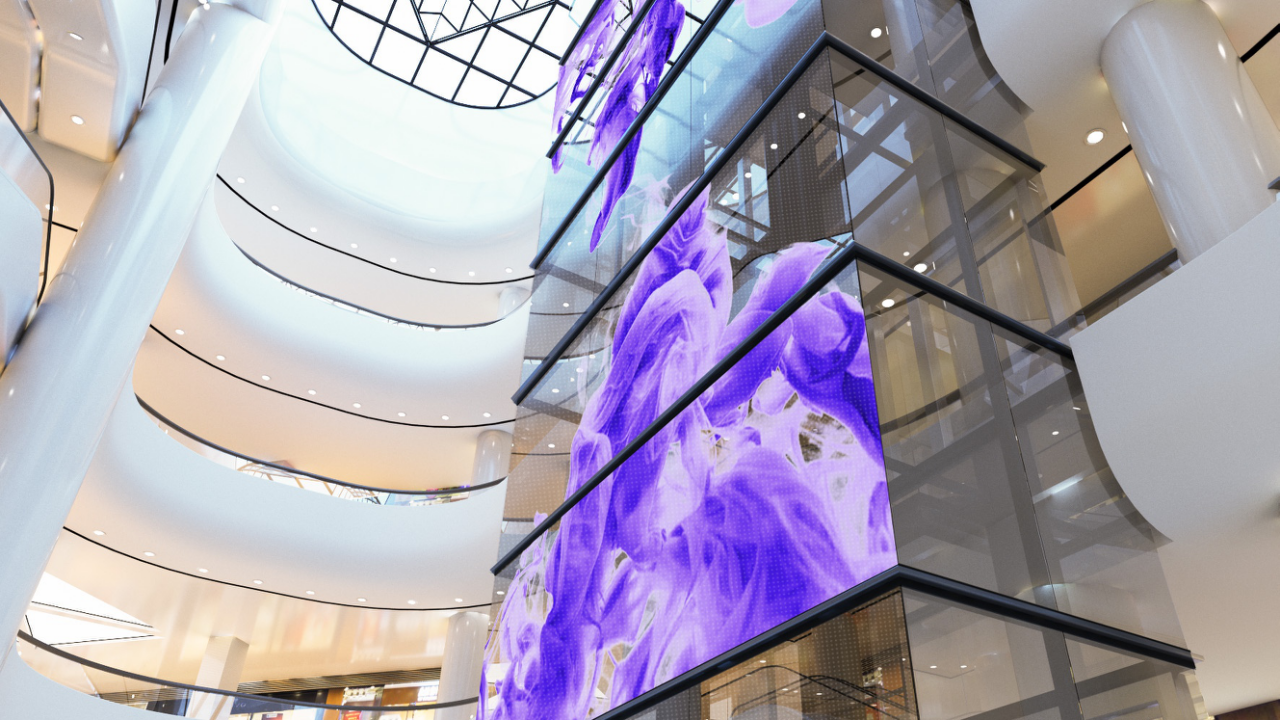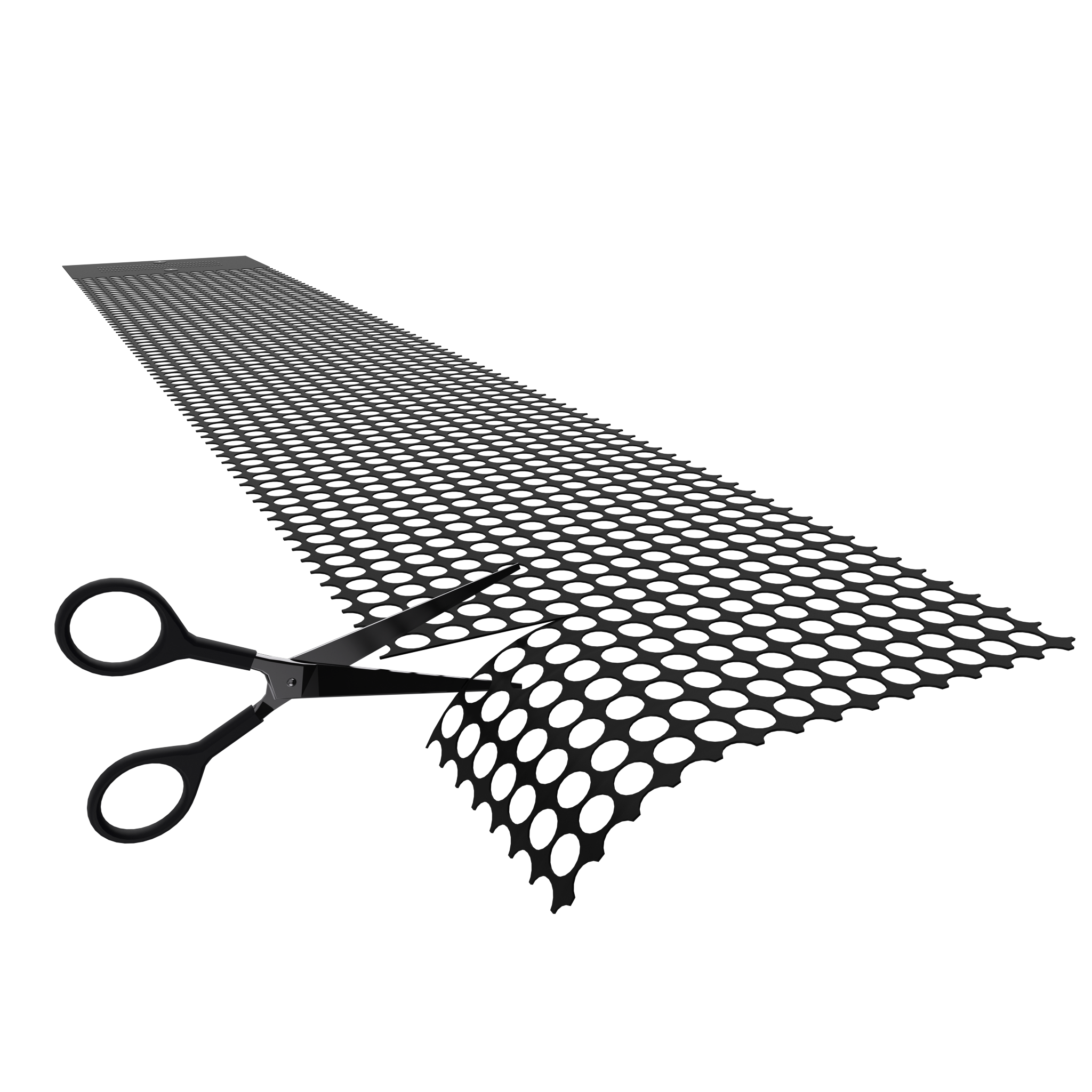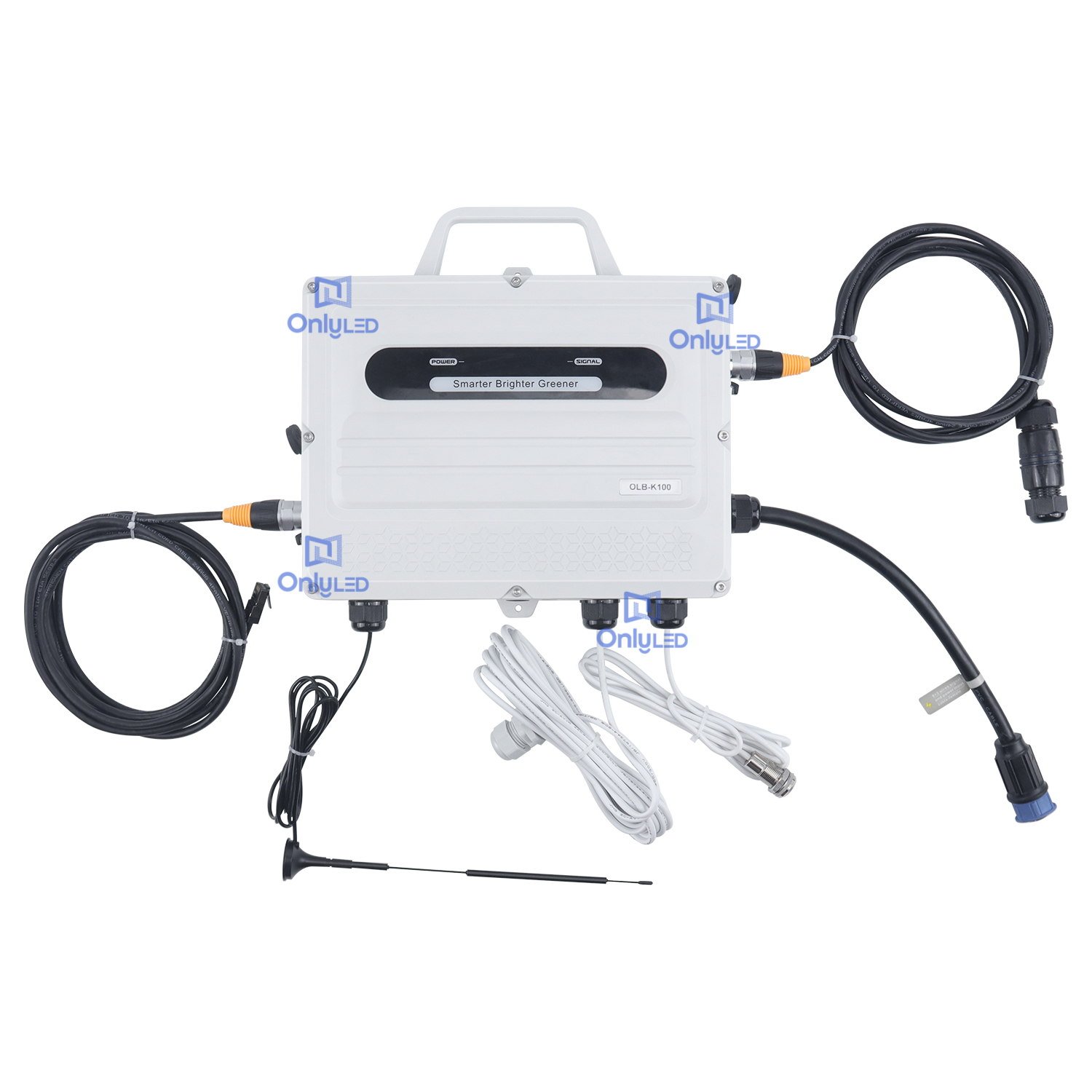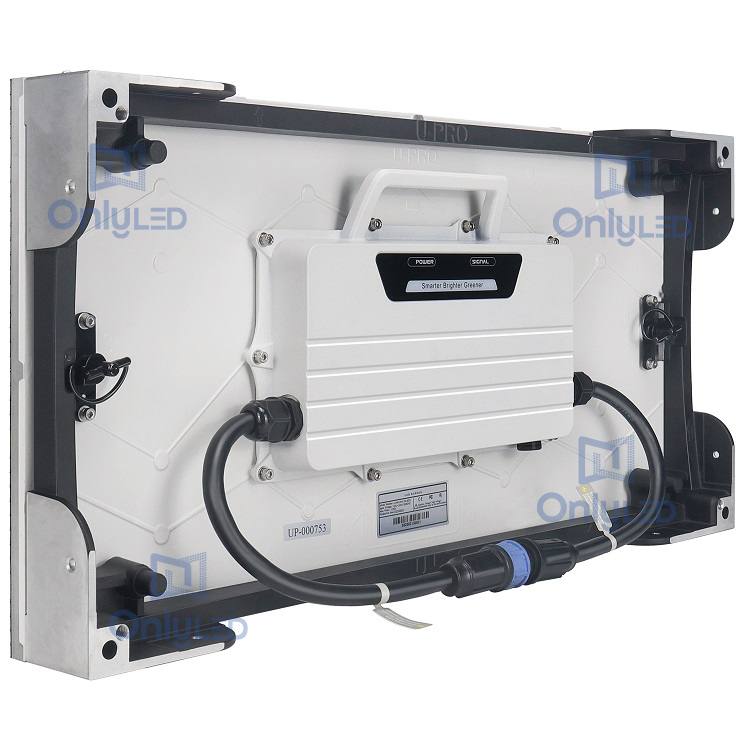Industry News
Holographic LED Screens Revolutionize Visual Displays: Unlocking New Applications in Multiple Industries

In the ever-evolving world of display technology, holographic LED screens are emerging as a game-changer, promising immersive and realistic visual experiences. These cutting-edge screens utilize advanced holographic projection techniques to create three-dimensional images that seem to float in mid-air, captivating audiences with their lifelike visuals.
The core technology behind holographic LED screens lies in the precision combination of LED lighting and holographic projection systems. By manipulating light waves and projecting them onto a special screen, these systems are able to create the illusion of depth and dimensionality, bringing images to life in a way that traditional flat screens cannot match.
The applications of holographic LED screens are vast and diverse. In the entertainment industry, they are revolutionizing concert experiences, allowing performers to interact with holographic projections of themselves or other characters, creating an otherworldly atmosphere. Retail stores are also leveraging this technology to showcase products in innovative ways, attracting customers with dynamic and engaging displays.
The advertising sector is another beneficiary of holographic LED screens. Brands can now create captivating advertisements that stand out from the crowd, drawing the attention of passersby and potential customers. The ability to display three-dimensional images and videos adds a new dimension to advertising, making it more engaging and memorable.
Moreover, holographic LED screens have the potential to revolutionize the education sector. Teachers can utilize these screens to create interactive and immersive lesson plans, making learning more engaging and effective. Students can also benefit from the ability to visualize complex concepts and processes in a three-dimensional format.
In the healthcare industry, holographic LED screens could play a crucial role in surgical training and simulation. Surgeons could practice complex procedures on holographic projections of human anatomy, improving their skills and reducing the risk of errors during actual surgeries.

As the technology continues to develop and become more affordable, it is expected that holographic LED screens will find their way into even more industries and applications. From museums and art galleries to corporate conferences and events, these screens are poised to transform the way we experience and interact with visual content.
In conclusion, holographic LED screens represent a significant leap forward in display technology. With their ability to create realistic and immersive three-dimensional images, they are unlocking new possibilities in multiple industries, from entertainment to advertising, education, and healthcare. As the world becomes increasingly visual, it is likely that holographic LED screens will become an essential part of our daily lives.
Key Words: holographic LED screens, display technology, three-dimensional images, immersive visuals, entertainment industry, retail stores, advertising sector, education sector, healthcare industry, surgical training, visual content




